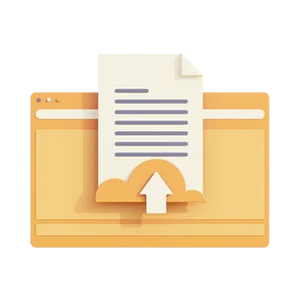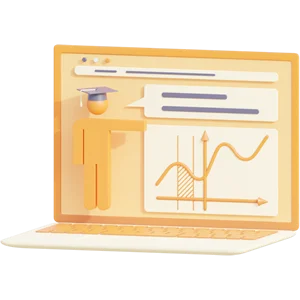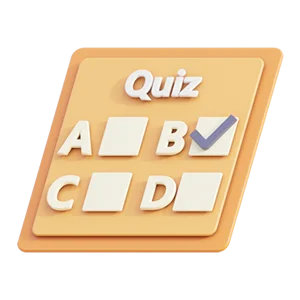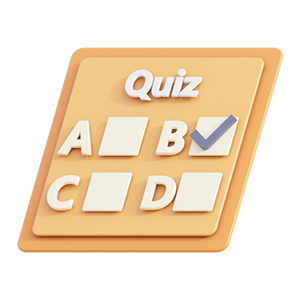Porth's Essentials of Pathophysiology 5th Edition Test Bank by Tommie L. Norris ALL CHAPTERS INCLUDED LATEST UPDATED 2024 QUESTIONS WITH DETAILED ANSWERS
Porth's Essentials of Pathophysiology 5th Edition Test Bank by Tommie L. Norris ALL CHAPTERS INCLUDED LATEST UPDATED 2024 QUESTIONS WITH DETAILED ANSWERS
Porth’s Pathophysiology 10th Edition Norris Test Bank
1. A 74-year-old man is being assessed by a nurse as part of a weekly, basic health assessment at the long-term care facility where he resides. His blood pressure at the time is 148/97 mm Hg, with a consequent pulse pressure of 51 mm Hg. The nurse would recognize that which of the following is the most significant determinant of the resident's pulse pressure?
A) Blood volume, resistance, and flow
B) The cardiac reserve or possible increase in cardiac output over normal resting level
C) The amount of blood that his heart ejects from the left ventricle during each beat
D) The relationship between total blood volume and resting heart rate Ans: C
Feedback:
Pulse pressure is a reflection of the amount of blood that the heart ejects from the left ventricle during each beat combined with the distensibility of the atrial tree. Other factors such as blood flow characteristics, cardiac reserve, heart rate, and blood volume are less directly associated with pulse pressure.
2. At 4 AM, the hemodynamic monitor for a critically ill client in the intensive care unit indicates that the client's mean arterial pressure is at the low end of the normal range; at 6 AM, the client's MAP has fallen definitively below normal. The client is at risk for
A) pulmonary hypertension.
B) left ventricular hypertrophy.
C) organ damage and hypoNvUolRemSIicNsGhoTcBk..COM
D) orthostatic hypotension. Ans: C
Feedback:
The mean arterial pressure, which represents the average blood pressure in the systemic circulation, is a good indicator of tissue perfusion. Hospitalization and bed rest predispose to dehydration and low blood volume. Blood pressure normally follows a diurnal pattern in which pressures are highest in the morning. The fact that this client's MAP is falling at a time when it should be at its daily peak is the cause for grave concern; blood volume is likely low, and vital organs, which depend on adequate perfusion, are at risk.
3. The nurse practitioner working in an overnight sleep lab is assessing and diagnosing patients with sleep apnea. During this diagnostic procedure, the nurse notes that a patient's blood pressure is 162/97. The nurse explains this connection to the patient based on which of the following pathophysiological principles?
A) During apneic periods, the patient experiences hypoxemia that stimulates chemoreceptors to induce vasoconstriction.
B) When the patient starts to snore, his epiglottis is closed over the trachea.
C) When the airway is obstructed, specialized cells located in the back of the throat send signals to the kidney to increase pulse rate.
D) When airways are obstructed, the body will retain extracellular fluid so that this fluid can be shifted to intravascular space to increase volume.
Ans: A
Feedback:
People with sleep apnea also may experience an increase in BP because of the hypoxemia that occurs during the apneic periods. The specialized chemoreceptors are located in carotid bodies and aortic bodies of the aorta. Retention of fluid is not the cause of increased BP during sleep apnea episodes.
4. A 54-year-old man with a long-standing diagnosis of essential hypertension is meeting with his physician. The patient's physician would anticipate that which of the following phenomena is most likely occurring?
A) The patient's juxtaglomerular cells are releasing aldosterone as a result of sympathetic stimulationN. URSINGTB.COM
B) Epinephrine from his adrenal gland is initiating the renin–angiotensin–aldosterone
system.
C) Vasopressin is exerting an effect on his chemoreceptors and baroreceptors resulting in vasoconstriction.
D) The conversion of angiotensin I to angiotensin II in his lungs causes increases in blood pressure and sodium reabsorption.
Ans: D
Feedback:
Angiotensin conversion in the lungs is a component of the renin–angiotensin– aldosterone system that ultimately increases blood pressure and sodium reabsorption. Juxtaglomerular cells release renin, and epinephrine (vasopressin)is responsible for neither initiating the renin–angiotensin–aldosterone system nor directly influencing chemoreceptors and baroreceptors.
5. A group of novice nursing students are learning how to manually measure a client's blood pressure using a stethoscope and sphygmomanometer. Which of the following statements by students would the instructor most likely need to correct?
A) “I'll inflate the cuff around 30 mm Hg above the point at which I can't palpate the client's pulse.”
B) “If my client's arm is too big for the cuff, I'm going to get a BP reading that's artificially low.”
C) “The accuracy of the whole process depends on my ability to clearly hear the Korotkoff sounds with the bell of my stethoscope.”
D) “With practice, my measurement of clients' blood pressures with this method will be more accurate than with automated machines.”
Ans: B
Feedback:
Undercuffing yields a blood pressure reading that is overestimated. The cuff should indeed be inflated to 30 mm Hg above palpated systolic pressure and is both dependent on clear auscultation of the Korotkoff sounds. The properly performed manual method is more accurate than automated measurement.
Preview document (3 van de 558 pagina's)
Voordelen van Knoowy
€ 50,99
 Niet tevreden? Geld terug
Niet tevreden? Geld terug
 Document direct te downloaden
Document direct te downloaden
 € 0,50 korting bij betalen met saldo
€ 0,50 korting bij betalen met saldo
-
 Ontvang gratis oefenvragen bij document
Ontvang gratis oefenvragen bij document

Specificaties
- School: Chamberlain College Of Nursing
- Opleiding: NURSING
Document
- Rubriek: Tentamens
- Gemaakt op: 01-08-2024
- Type: .pdf
- Pagina's: 558
- Taal: English
Tags
Verkoper
Verdienen aan je samenvattingen?
Vakken van NURSING - Chamberlain College Of Nursing
Meer NURSING ›ati ati pharmacology comprehensive comprehensive predictor computer science health care health care / nursing health care/ nursing healthcare hesi hesi rn exit maternal newborn med surg medical nursing medical surgical mental health nurs nursing nursing & health nutrition pathophysiology pediatrics pharmacology test bank tncc
Al meer dan 146.000 tevreden studenten
-
MathieuHaldermans
Als student voor de examencommissie besparen samenvattingen mij een heleboel opzoekwerk!
-
JadeVanBignoot
Aan te raden! Goedkoop en snel! Het aanbod is heel goed en je kan je favoriete personen volgen.
-
Lisanne Buckers
Knoowy is voor mij de perfecte service om een centje bij te verdienen! Die samenvattingen moet ik sowieso maken, dus waarom ze niet uploaden en wat bijverdienen?
-
dollyvanderpoel
Ik ben altijd erg blij met de samenvattingen van Knoowy.
-
Anneke
Soms koop ik meerdere samenvattingen over 1 boek. Dit helpt mij als ik onvoldoende tijd heb om het hele boek te lezen en zelf geen samenvatting kan maken.
-
biekebij
Downloaden maar! Goede site met goede documenten. De prijs wordt aangepast o.b.v. de beoordelingen.
-
MathieuHaldermans
Bespaart héél veel opzoekwerk en stress ook zeer overzichtelijk en gebruiksvriendelijk.
-
Bianca
Ik vind Knoowy de max! Door de hulp van andere studenten kan ik mijn examens makkelijker halen.
 Actie: ontvang 10% korting bij aankoop van 3 of meer items!
Actie: ontvang 10% korting bij aankoop van 3 of meer items!
Actie: ontvang 10% korting bij aankoop van 3 of meer items!









